African Rwanda coffee beans how to drink Rwanda hand-brewed coffee parameters coffee beans taste flavor
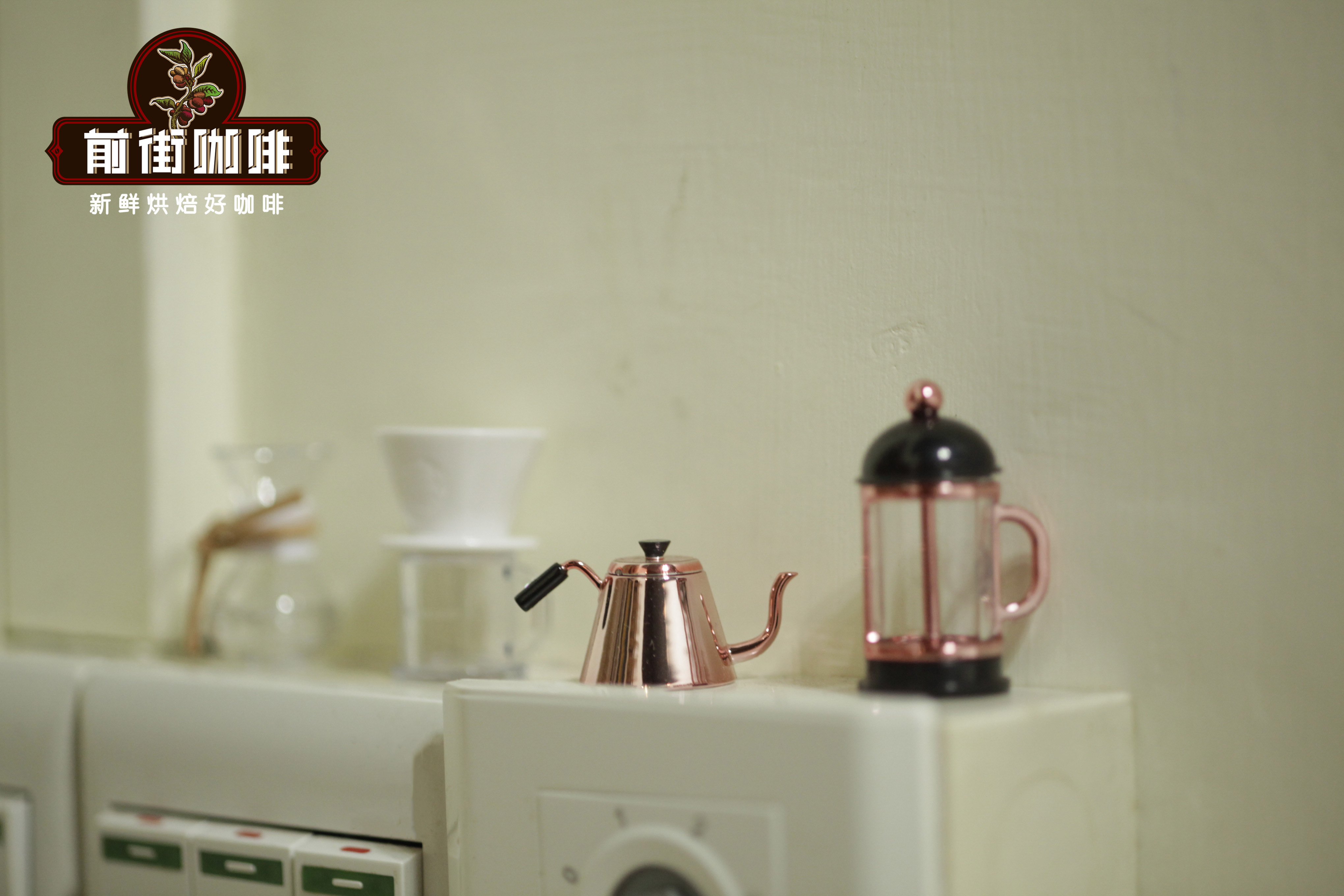
Professional coffee knowledge exchange more coffee bean information please follow the coffee workshop (Wechat official account cafe_style)
With the advent of boutique coffee culture, coffee lovers have come into contact with a lot of high-quality coffee, such as coffee from Africa. We all know that the more famous coffee beans are from Ethiopia and Kenya, but in recent years, Rwanda's bourbon variety of coffee is also very good, so Qianjie coffee also introduced Rwanda bourbon coffee beans for everyone to taste. Well, in this next article, Qianjie Coffee will share with you how to cook this coffee bean and this Rwandan coffee bean by hand.
Front Street Coffee Rwanda Gesak Coffee beans
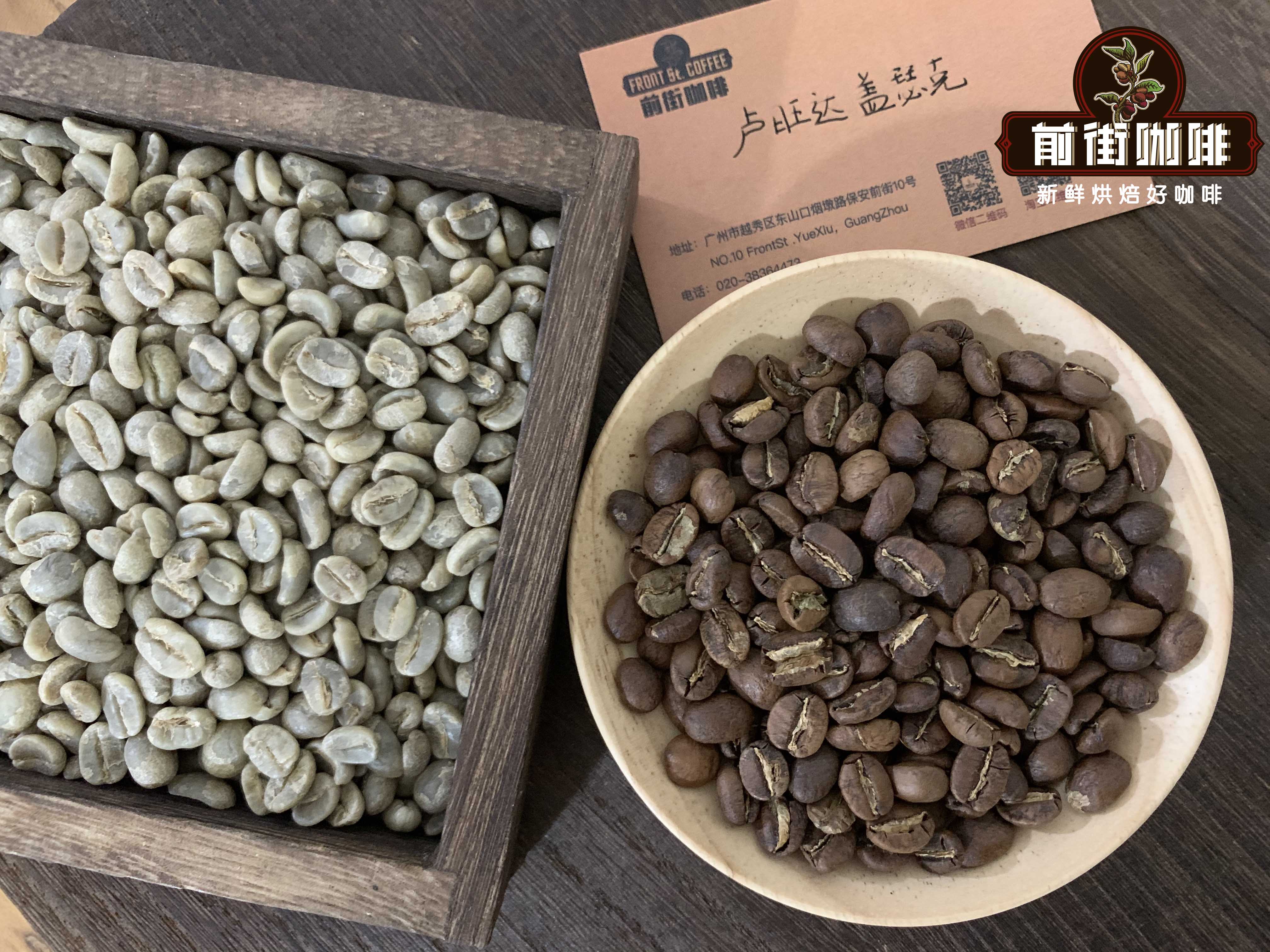
Country: Rwanda
Producing area: Nyamasheke region of western Rwanda
Altitude: 1700-2000m
Variety: bourbon, Kaddura, Kaduai
Treatment: washing treatment
Flavor: plums, oranges, berries, nuts, bright acidity, sweet finish with honey.
Gassek washing processing plant
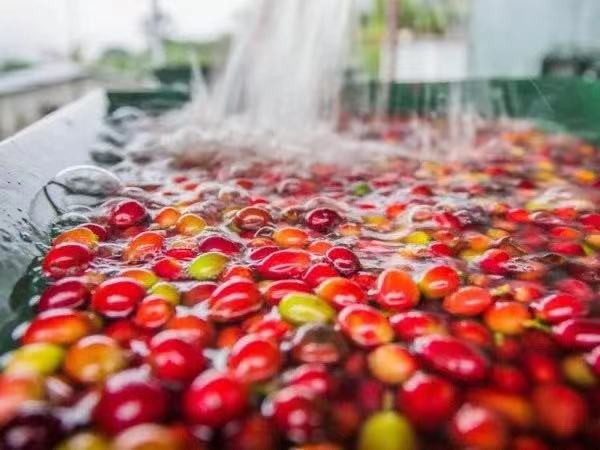
The coffee bean introduced by Qianjie Coffee comes from the Gaisek water washing processing plant. According to Qianjie Coffee, the owner of the Gaisek water washing plant, Fidele Ndagijmana, is a young trader in Nyamasheke. Because he saw the development potential of fine washed coffee in Rwanda, he applied to the government to build the processing plant and successfully processed 170t of coffee fruit in the first year. Then use the off-season to improve and expand the production equipment, which can provide better production machines and better storage environment when the next harvest season comes. the excellent trader also won himself more land near the processing plant to grow coffee. And this has laid a solid foundation for the quality of this Gesak coffee bean.
Varieties of Rwandan coffee beans

According to Qianjie Coffee, more than 97% of the coffee grown in Rwanda is Arabica coffee, of which about 95% is bourbon. Therefore, bourbon, Kaddura and Kaduai are often seen in Rwandan coffee varieties, and the flavor performance of Qianjie coffee is considered to be relatively close to bourbon flavor tonality, so Rwandan coffee beans often have citrus and nutty flavors in coffee flavor.
Bourbon varieties:
More than 90% of the varieties of Rwandan coffee are bourbon species introduced in the early days, as well as a mixture of the bourbon family, which are resistant to natural disasters. Bourbon coffee was originally planted on the island of Reunion, was introduced to Brazil in 1860, and rapidly expanded northward to the whole of Latin America. After the general coffee tree blossomed and bear fruit, the color of coffee fruit changes from green > to yellowish > to light orange > to mature red > to ripe dark red, so some people call it red bourbon, in fact, red bourbon, that is, what we call bourbon. Bourbon species planted at high altitudes usually have better aroma and brighter acidity.
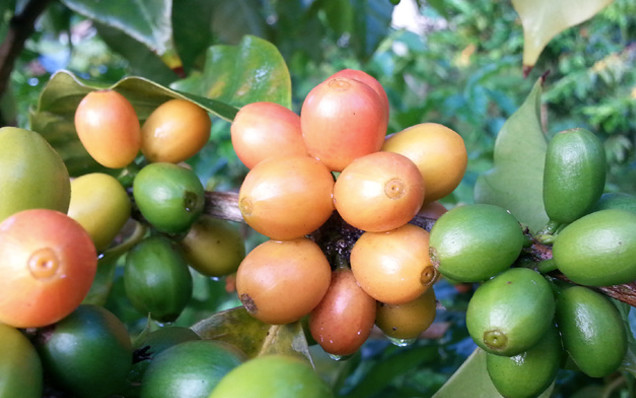
For example, there are several Latin American bourbon beans currently picked in front street coffee, such as Brazilian red bourbon, Brazilian yellow bourbon and Colombian pink bourbon. But now the bourbon advantage of Latin America no longer exists because of poor disease resistance. By contrast, the Rwandan bourbon species still have an advantage, which is one of the reasons why Qianjie Coffee picks up Rwandan beans.
Kaddura varieties:
Kaddura, a natural variety of Arabica variety bourbon, was discovered in Brazil in 1937. Its tree is not as tall as bourbon and is smaller. Due to inheriting the blood of bourbon, the resistance is weak, but the yield is higher than that of bourbon.

Kaduai variety:
Kaduai variety is an artificial hybrid between Kaddura variety and new world variety coffee tree. Kaduai has a good ability to resist natural disasters, especially wind and rain. Kaduai tree species are relatively low, compared with other coffee trees, the fruit of Kaduai is stronger and harder to pick. The fruit is both red and yellow. According to the practice of brewing coffee in Qianjie, it is concluded that although some yellow fruits have good acidity, the cleanliness of coffee is worse than that of red fruits.
Rwanda coffee bean processing method
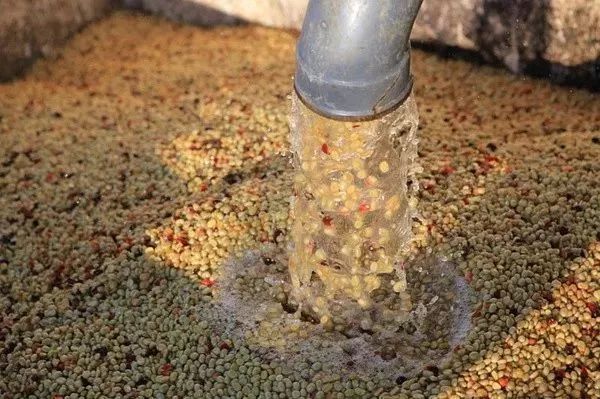
The most important feature of the water washing method is that it can present the most primitive flavor of the coffee beans and will be cleaner and brighter in the taste. Therefore, many coffee producing countries will use this treatment to deal with coffee beans, but this treatment requires a lot of water and can only be used in countries with rich water resources.
The above is some information about Rwanda Gesak coffee beans compiled by Qianjie Coffee, so how to present the flavor of this coffee bean by hand brewing coffee?
How to cook Rwanda Gesak coffee beans by hand?
Qianjie Coffee thinks that in order to make a good pot of coffee, it mainly starts from these four aspects: water temperature, grinding thickness, powder-to-water ratio, brewing method.
1. Water temperature

Qianjie coffee will also choose different water temperature when hand-flushing coffee beans with different roasting degrees. When roasting, the substances in the coffee beans are lost with the deepening of the roasting degree, so the deep-roasted coffee beans will lower the temperature in order to avoid extracting too much odor. It is recommended to choose a water temperature of 90-91 ℃ for medium-light baked beans Qianjie coffee and 87-89 ℃ for medium-deep roasted pwn.
For example, this Rwandan Gesak coffee bean flavor is mainly citrus, nuts, Qianjie coffee in order to highlight this feature, will use medium roasting to deal with it, so its brewing water temperature will be controlled at 90-91 ℃.
2. Degree of grinding

The degree of grinding refers to the size of coffee particles, because the degree of grinding will affect the contact time between coffee and water. If the coffee powder is finer, the water can extract more substances in the same time, but the degree of grinding is fine, the coffee is easy to be extracted in the process of extraction; on the contrary, the coarser the degree of grinding of coffee, the less substances extracted by water in the same time, but the coarser the degree of grinding is, the coffee is prone to insufficient extraction.
In addition, because the grinder in everyone's hand is different, so the parameters are also different, here Qianjie suggests that we buy a No. 20 cup test and correction screen, screen aperture 0.85mm, we make 10g coffee beans, adjust a rough grinding degree to grind coffee powder, and then pour it into the sieve to weigh the coffee powder (be sure to sift to the point that no coffee powder can be sifted out to complete the screening).
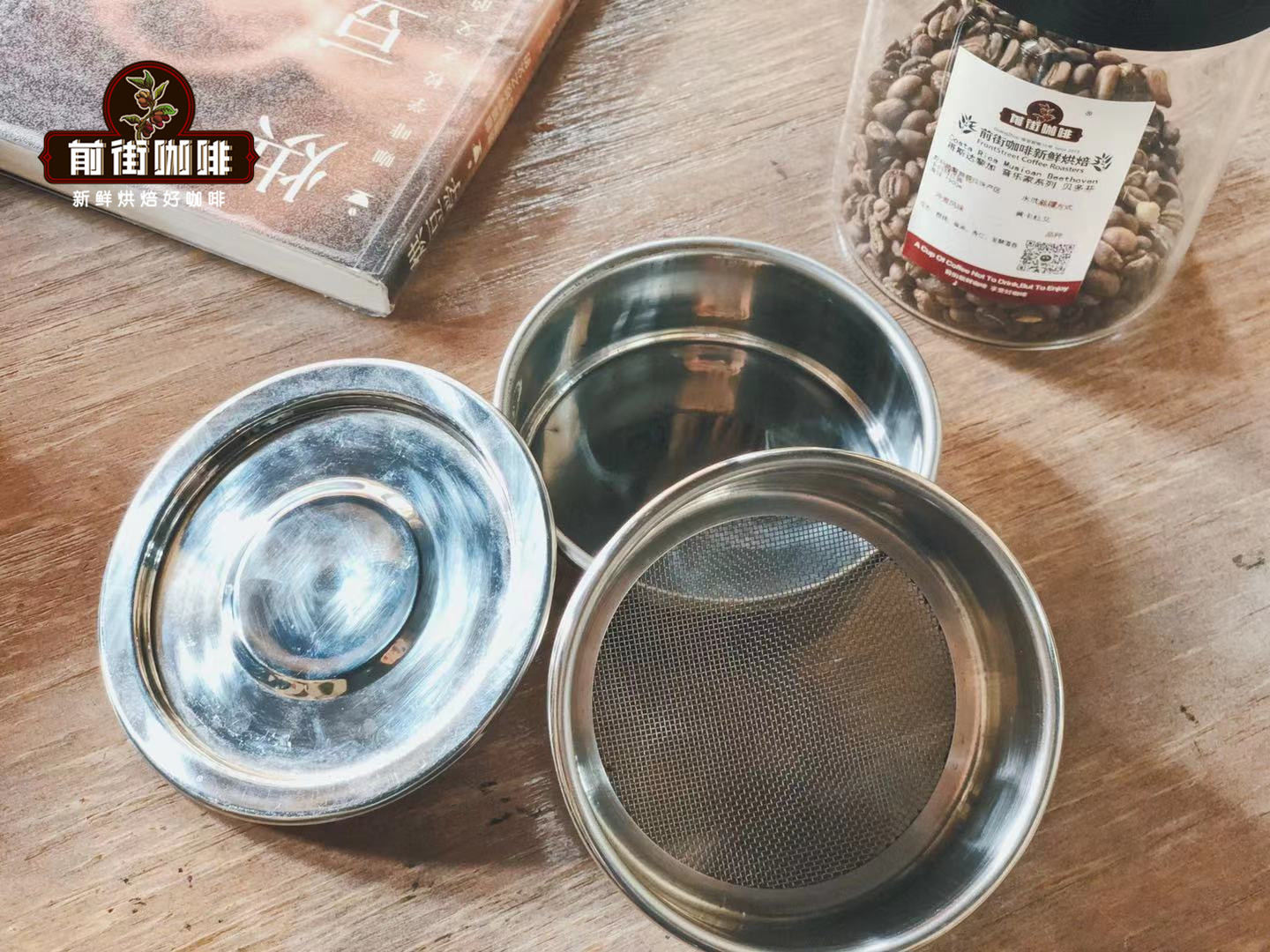
The screening pass rate of 80% (10g powder can screen 8g) is the most suitable grinding degree for medium and shallow roasted coffee beans, and the screening pass rate is 70% 75% (10g powder sieve 7-7.5g) is the most suitable grinding degree for medium and deep baking. If it exceeds the suitable screening rate, it is appropriate to adjust the coarse grinding degree, and if it does not reach the appropriate screening rate, it is necessary to reduce the grinding degree properly.
3. Powder-water ratio
This is the difference between the extraction parameters and taste of Qianjie coffee according to the scaa gold cup extraction theory.
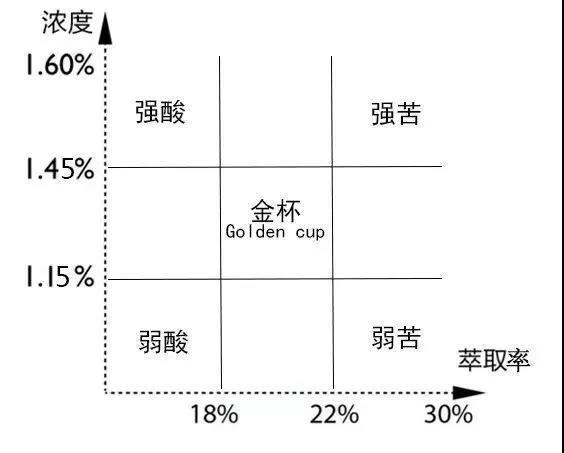
[heavy flavour] 1VOV 101VlV 11, that is, the golden cup criterion of 1RU 12.5mm 1RU 13.5
[moderate taste] 1-12-12-1-13 (I. e. 1-14. 5-1-15. 5)
[refreshing] 1-14-1-1-1-16 (I. e., 1-14-1-1-18. 5 of the Golden Cup Criterion)
The specific brewing amount of coffee beans is 14.5 grams and 15.5 grams of water, which is the easiest to reach the golden range of 18% 22% gold cup extraction rate and 1.15% 1.35% concentration.
So here Qianjie Coffee suggests that you might as well use the error-prone 1:15 powder-to-water ratio when brewing this Rwandan Gesak coffee.
4. Washing and cooking technique
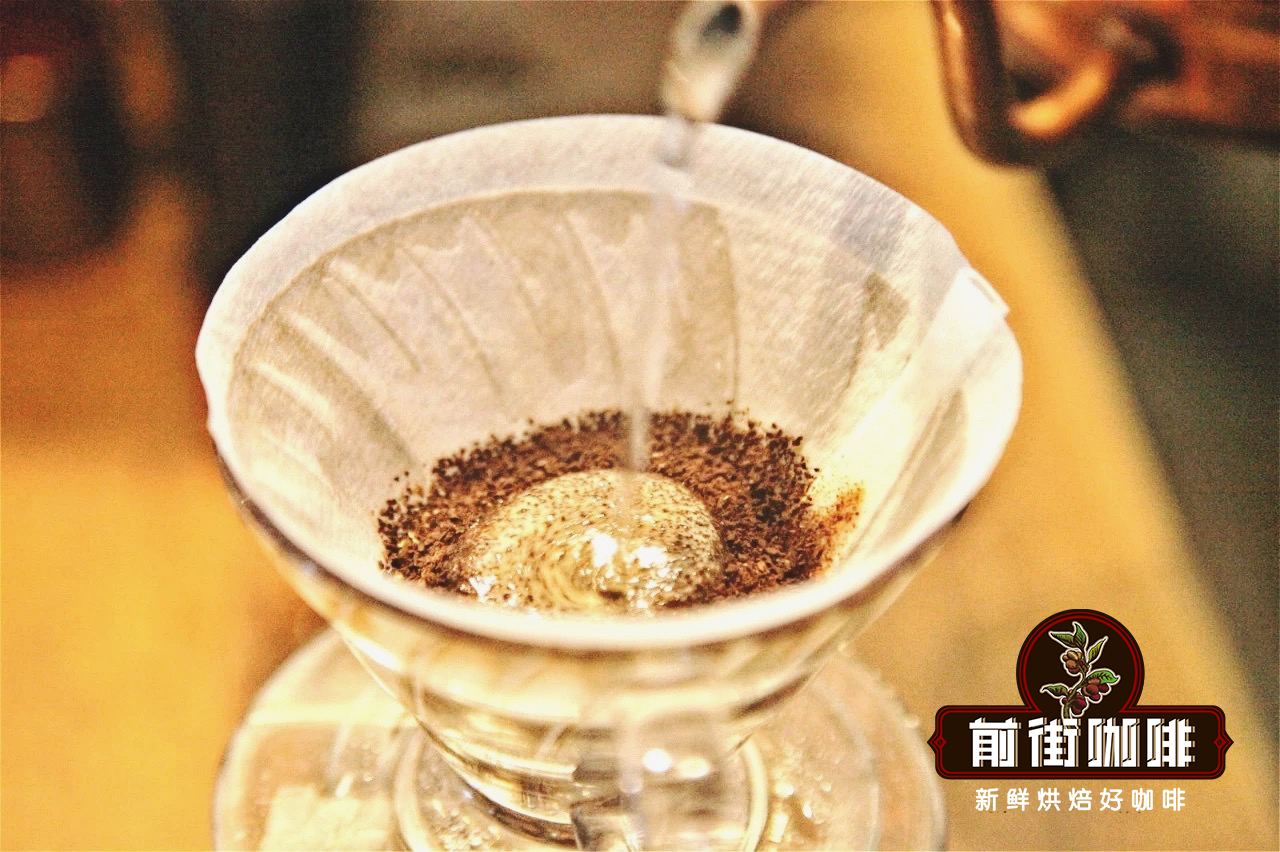
Finally, hand punching techniques are also very important, such as three-stage style, one-step flow, drip-by-drop style, and so on. Here, Qianjie Coffee recommends that beginners use three-stage water injection to brew, because this method is suitable for light-roasted, medium-and medium-roasted coffee beans. The segmented extraction method of three-stage water injection can clarify the flavor of the front, middle and back of the coffee, and can ensure the flavor of the coffee.
After understanding the above four hand-brewing elements, Qianjie Coffee will share the brewing data of this Rwandan Gesak coffee bean.
Rwanda Gesak Coffee beans hand-brewing parameters sharing:
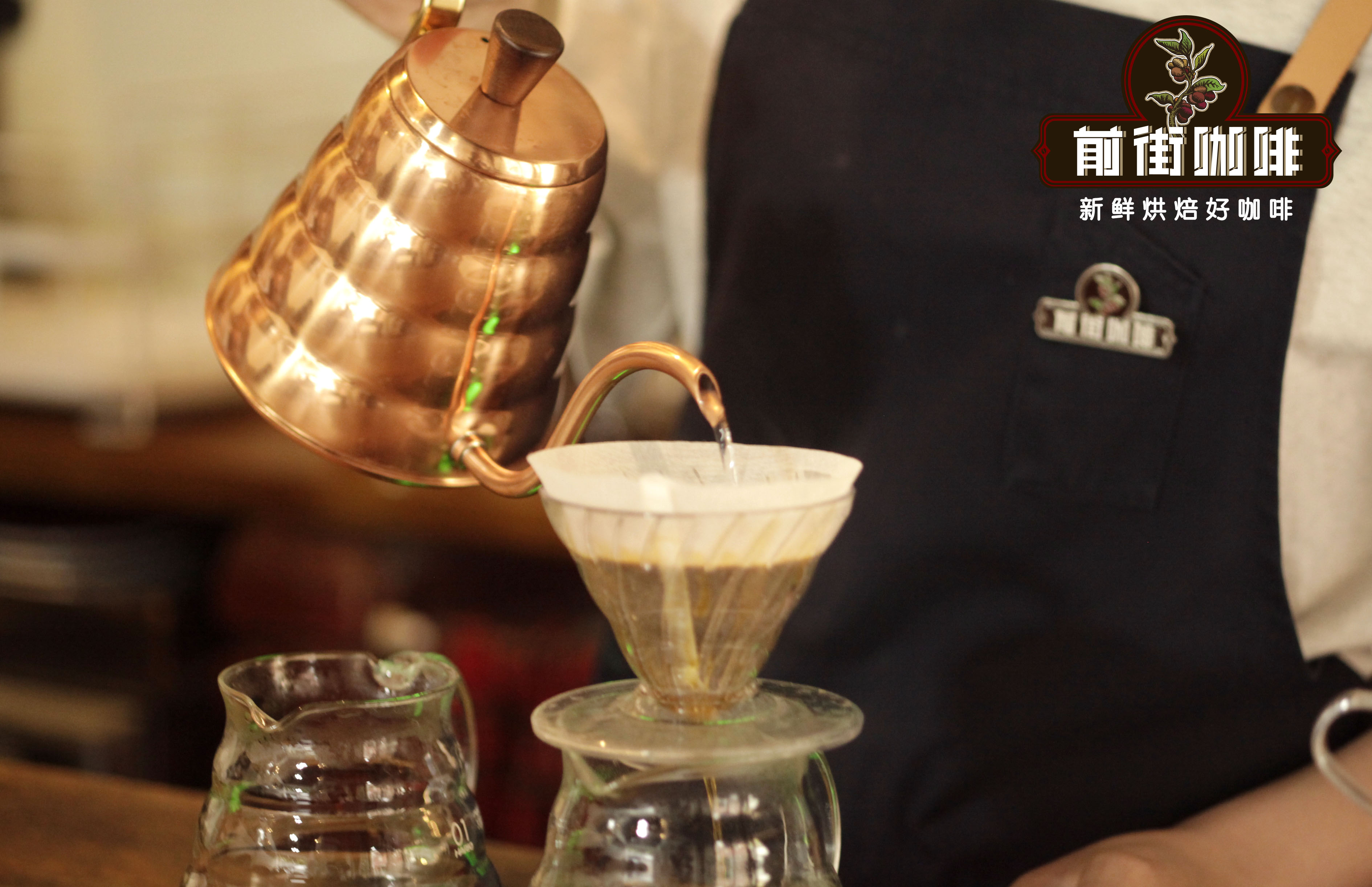
Filter cup: V60
Water temperature: 90 ℃
Amount of powder: 15g
Powder / water ratio: 1:15
Degree of grinding: BG#6m (the pass rate of Chinese standard No. 20 screen is 80%)
Cooking technique: stage-by-stage extraction
Steam with 30 grams of water for 30 seconds, small water flow around the circle to 125 grams for sectional injection, water level drop is about to expose the powder bed, continue to inject water to 225 grams to stop injection, and so on when the water level drop is about to expose the powder bed, remove the filter cup, (steaming starts timing) the extraction time is 2 minutes 39 percent 00 ".

Cooking flavor: floral and berry aromas, with obvious citrus, berry and plum aromas on the palate, with nuts in the middle and caramel sweetness in the finish.
For more boutique coffee beans, please add private Qianjie coffee on Wechat. WeChat account: kaixinguoguo0925
Important Notice :
前街咖啡 FrontStreet Coffee has moved to new addredd:
FrontStreet Coffee Address: 315,Donghua East Road,GuangZhou
Tel:020 38364473
- Prev
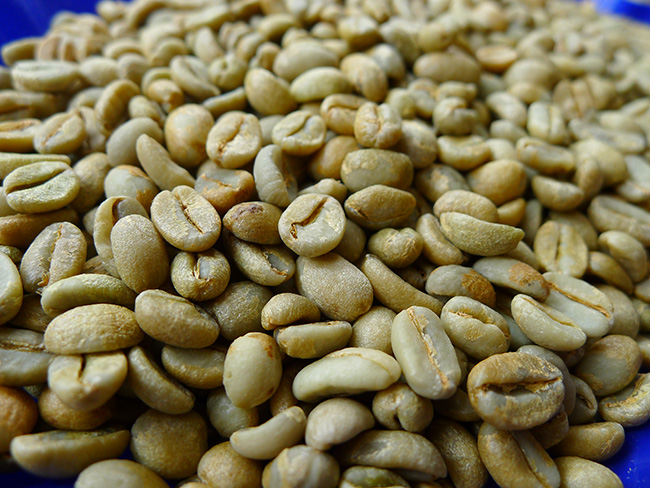
2016 Rwanda Coffee Shopping Guide _ recommendation of Rwanda Coffee Specialty _ what to buy in Rwanda Tourism
Because of the dense mountains and humid climate in Rwanda, the coffee beans produced in Rwanda are rich in aroma, naturally fruity and floral. There are five major coffee producing areas in Rwanda, and the coffee produced in these five regions is slightly different in aroma and taste. The coffee from Rwanda tastes sour, but it has a lingering aftertaste. Good coffee is like Chinese tea, it feels sweet only after drinking it. Mustafa method
- Next
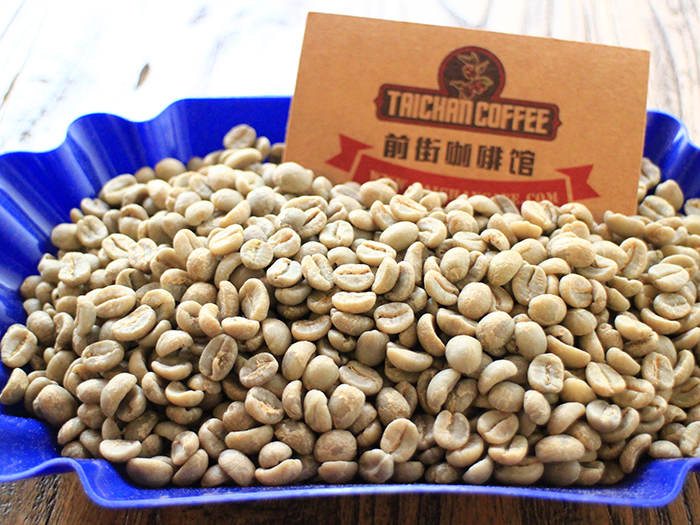
Embassy of the Republic of Rwanda [photo] freshly baked boutique coffee beans coffee powder
Because of the dense mountains and humid climate in Rwanda, the coffee beans produced in Rwanda are rich in aroma, naturally fruity and floral. There are five major coffee producing areas in Rwanda, and the coffee produced in these five regions is slightly different in aroma and taste. The coffee from Rwanda tastes sour, but it has a lingering aftertaste. Good coffee is like Chinese tea, it feels sweet only after drinking it. Mustafa method
Related
- Does Rose Summer choose Blue, Green or Red? Detailed explanation of Rose Summer Coffee plots and Classification in Panamanian Jade Manor
- What is the difference between the origin, producing area, processing plant, cooperative and manor of coffee beans?
- How fine does the espresso powder fit? how to grind the espresso?
- Sca coffee roasting degree color card coffee roasting degree 8 roasting color values what do you mean?
- The practice of lattes: how to make lattes at home
- Introduction to Indonesian Fine Coffee beans-- Java Coffee producing area of Indonesian Arabica Coffee
- How much will the flavor of light and medium roasted rose summer be expressed? What baking level is rose summer suitable for?
- Introduction to the characteristics of washing, sun-drying or wet-planing coffee commonly used in Mantenin, Indonesia
- Price characteristics of Arabica Coffee Bean Starbucks introduction to Manning Coffee Bean Taste producing area Variety Manor
- What is the authentic Yega flavor? What are the flavor characteristics of the really excellent Yejasuffi coffee beans?

